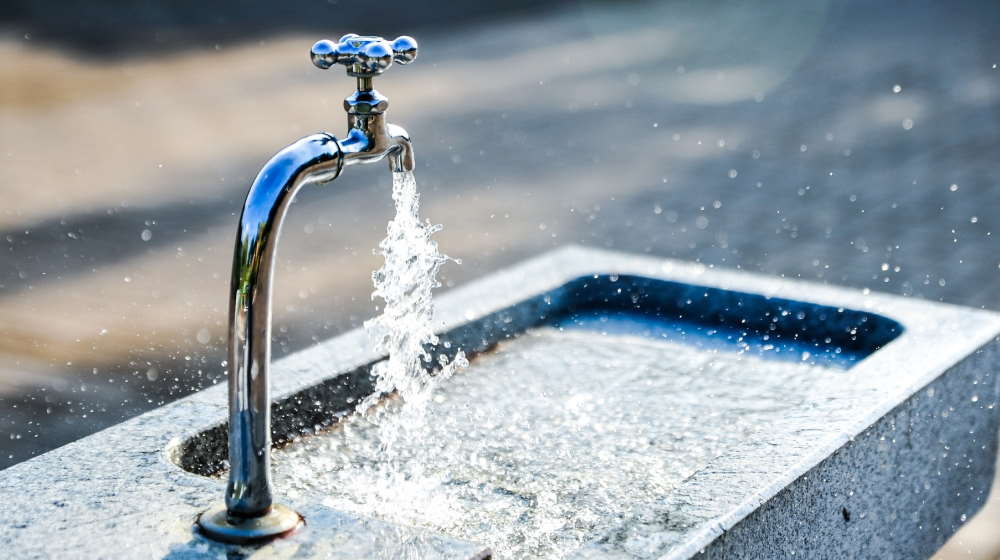Shower flow restrictors are designed to limit the amount of water that flows through the showerhead. Depending on the type of restrictor, the process for removing it will vary. In some cases, a shower flow restrictor can be removed by unscrewing the showerhead and taking out the restrictor. In other cases, the restrictor may be built into the showerhead and cannot be removed.
If the restrictor cannot be removed, you may need to purchase a new showerhead without a built-in restrictor.
Shower flow restrictor removal pros and cons
Pros:
- Increased water pressure: Removing the flow restrictor will increase the water pressure of your shower, making it more enjoyable to use.
- Increased water flow: You will also get an increase in the amount of water that flows out of the showerhead, meaning you can get more done in less time.
- Cost savings: Removing the flow restrictor can help you save money in the long run, as you will use less water and therefore save on your water bill.
Cons:
- Reduced water efficiency: Removing the flow restrictor will reduce the efficiency of your shower, as more water will be used for the same amount of time.
- Increased water bill: As mentioned above, removing the flow restrictor will increase your water bill, as more water will be used for the same amount of time.
- Possible damage to the showerhead: Removing the flow restrictor may cause damage to the showerhead, as it is not designed to handle the increased water pressure and flow.
Is it OK to remove the flow restrictor from the shower head?
It is not recommended to remove the flow restrictor from the shower head, as it is designed for a specific purpose. The flow restrictor is designed to regulate the water pressure and conserve water. Removing it could cause water pressure to become too high and could also increase water usage.
While it is possible to remove flow restrictors from shower heads, we strongly advise against it for several reasons. Flow restrictors for faucets are an integral part of most aerators and it is generally not possible or desirable to remove them.
Does a flow restrictor increase water pressure?
No, a flow restrictor does not increase water pressure. It actually reduces the flow of water and therefore reduces the water pressure.
In short, a flow restrictor increases pressure on the upstream side of the restrictor. The flow output is decreased in water output per minute, but the force with which it comes out increases.
Do I need a flow restrictor?
No, flow restrictors are not necessary for all applications. However, in some cases, such as with a bidet shower, they may be required to ensure proper water flow. Additionally, they may be recommended to reduce water pressure or to prevent water damage in certain plumbing systems.
Shower flow restrictor removal
Shower flow restrictor removal is a common plumbing procedure that is done to increase the water pressure in a shower. It involves removing the small device that is located on the end of the showerhead that regulates the water flow. This allows more water to flow through the showerhead, which can result in a more powerful shower experience. It is important to note that this procedure should only be done if the water pressure in the home is too low, and not as a way to save water. This is because the restrictor is designed to regulate water pressure, and without it, the water pressure can become too high, resulting in damage to the plumbing system.
